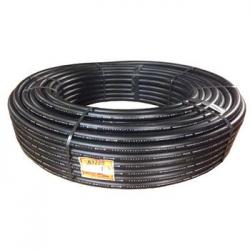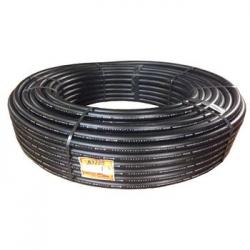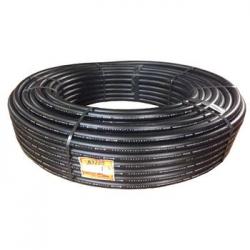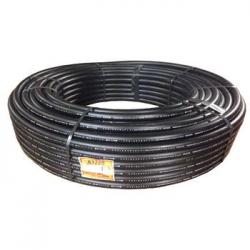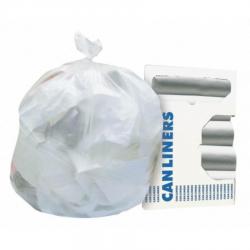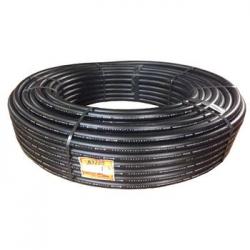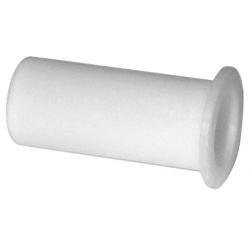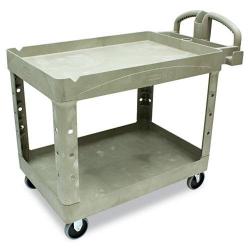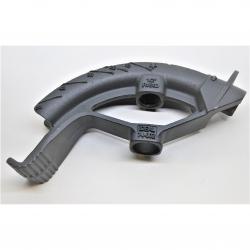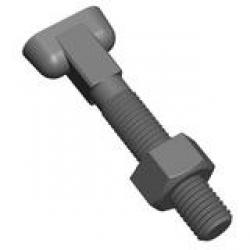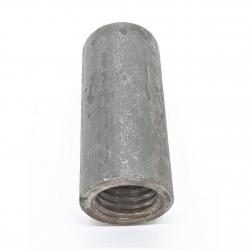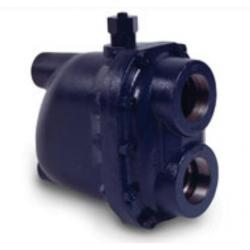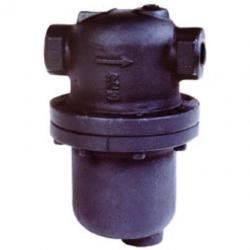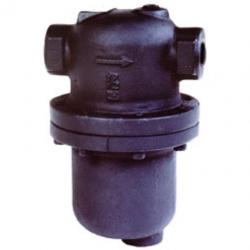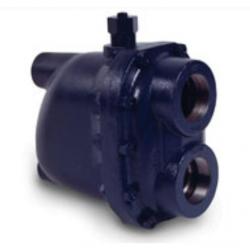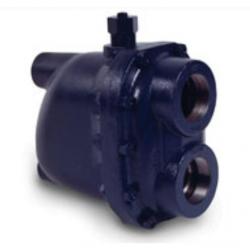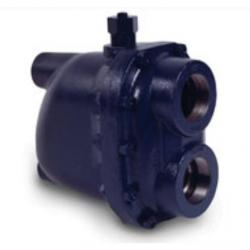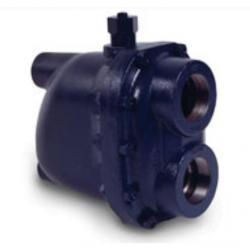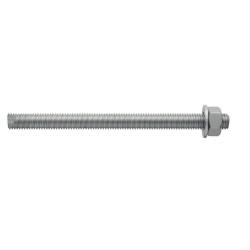3/4in
2-1/2in
View:
Active Filters :
Part #:100013
- Aqua Jet O.D. Controlled PE-4710:
$
0.49
Qty:
Part #:100400
- Aqua Jet I.D. Controlled PE-4710:
$
0.37
Qty:
Part #:100401
- Aqua Jet I.D. Controlled PE-4710:
$
0.37
Qty:
Part #:100460
- Aqua Jet I.D. Controlled PE-4710:
$
0.73
Qty:
Part #:100461
- Aqua Jet I.D. Controlled PE-4710:
$
0.73
Qty:
Part #:521005
- Replaces 38994834 Z4833LN R01
Qty:
Part #:100666
- Aqua Jet O.D. Controlled PE-4710:
$
0.49
Qty:
Part #:204272
- Plastic CTS Insert Stiffener 0.66" OD
Qty:
Part #:501644
- Double Utility Pail, 17qt, Gray
RCP2617GRA
Be the first to write a review
Double pail allows you to separate cleaning solution from your rinse water.
Molded-in graduations.
Wide pour spout.
Durable, molded plastic.
$
50.83
Qty:
Part #:502782
- Heavy-Duty Utility Cart, Two-Shelf, 25.9w x 45.2d x 32.2h, Beige
RCP452088BG
The Rubbermaid Commercial Utility Cart with Lipped Shelf is perfect for transporting materials, supplies, and heavy loads in almost any environment.
Ergonomic push handle provides optimum control.
Molded-in storage compartments, holsters, hooks, and notches.
Molded-in customizable fittings.
High density structural resin construction.
Easy-access bottom shelf
$
402.18
Qty:
Part #:302510
- Ductile Iron Bender Head - 3/4" EMT, 1/2" Rigid & 1/2" IMC
IDEAL® Iron conduit bender head with handle has ductile iron construction for exceptional durability and rugged construction that withstands a lifetime of heavy use. Baked-on blue enamel finish on the handle resists corrosion and enhances visibility. Bends conduit pipes to fit around any corner, ceiling, wall or irregularly shaped passageways. It features precision marks locating degree scale, star, arrow and rim notch for perfect bends every time. Bender head has easy visibility markings that are raised and cast into both sides. It has a deeply serrated steps and grooved internal hook surface that prevents slippage, while applying high leverage. It is heat treated for extra strength and reinforced at stress points for longer life. Uses the Benfield bending system, which is standard to the industry, resulting in accurate and dependable bends. Includes convenient bending guide as a reference for basic bends. Four sizes provided to accommodates four sizes of pipe. Available complete with head and handle both included, as well as the handle and head each sold separately as a replacement part.
Withstands a lifetime of heavy use
Exceptional, durable, materials for extra strength, and reinforced at stress points for longer life
Ductile iron material is stronger than malleable iron or aluminum
$
83.98
Qty:
Qty:
closeout
$
15.49
Qty:
Part #:501-C6127
- Automatic Differential Condensate Controllers
Armstrong automatic differential condensate controllers (DC) are designed to function on applications where condensate must be lifted from a drain point or in gravity drainage applications where increased velocity will aid in condensate drainage.
Lifting condensate from the drain pointoften referred to as siphon drainagereduces the pressure of the condensate, causing a portion of it to flash into steam. Since ordinary steam traps are unable to distinguish flash steam from live steam, they close and impeded drainage.
Increased velocity with gravity drainage will aid in drawing the condensate and air to the DC. An internal steam bypass controlled by a manual metering valve causes this increased velocity. Therefore, the condensate controller automatically vents the bypass or secondary steam. This steam is then collected for use in other heat exchangers or discharged to the condensate return line.
Capacity considerations for draining equipment vary greatly, according to the application. However, a single condensate controller provides sufficient capacity for most applications..
How they work
Condensate, air and steam (live and flash) enter through the controller inlet. At this point, flash steam and air are automatically separated from the condensate. Then they divert into the integral bypass at a controlled rate, forming secondary steam.
The valve is adjustable so it matches the amount of flash present under full capacity operation or to meet the velocity requirements of the system. The condensate discharges through a separate orifice by the inverted bucket.
Because of the dual-orifice design, there is a preset controlled pressure differential for the secondary steam system, while maximum pressure differential is available to discharge the condensate.
Qty:
Part #:501-D25912
- DS Series In-Line Condensate SeparatorsDuctile Iron Drain SeparatorCondensate in steam and air piping reduces thermal efficiency, causes water hammer, corrodes equipment such as valves and pipes, and causes other problems.
In-line (drain) separators DS-1, DS-2, DS-3, and DS-4 separate condensate efficiently by using the centrifugal force of steam or air created by introducing it into a specifically shaped path. Because of the simple structure of the drain separators, pressure loss is minimized, enabling clean, dry steam or air to be fed to equipment.
When steam or air flow enters the drain separator, centrifugal force is generated in the fluid because of the devices internal structural design. The fluid drains along the wall because of the difference in specific gravity with steam or air, eventually striking the baffle. The baffle guides the fluid to the drain outlet and to the trap, which drains it. As a result, small dirt particles and condensate are separated and removed from the system through the bottom drain.
• Cyclone structure maximizes liquid separation efficiency
• Pressure loss is extremely low
• No moving parts means no breakdowns
Qty:
Part #:501-D25975
- DS Series In-Line Condensate SeparatorsDuctile Iron Drain SeparatorCondensate in steam and air piping reduces thermal efficiency, causes water hammer, corrodes equipment such as valves and pipes, and causes other problems.
In-line (drain) separators DS-1, DS-2, DS-3, and DS-4 separate condensate efficiently by using the centrifugal force of steam or air created by introducing it into a specifically shaped path. Because of the simple structure of the drain separators, pressure loss is minimized, enabling clean, dry steam or air to be fed to equipment.
When steam or air flow enters the drain separator, centrifugal force is generated in the fluid because of the devices internal structural design. The fluid drains along the wall because of the difference in specific gravity with steam or air, eventually striking the baffle. The baffle guides the fluid to the drain outlet and to the trap, which drains it. As a result, small dirt particles and condensate are separated and removed from the system through the bottom drain.
• Cyclone structure maximizes liquid separation efficiency
• Pressure loss is extremely low
• No moving parts means no breakdowns
Qty:
Part #:501-D25976
- DS Series In-Line Condensate SeparatorsDuctile Iron Drain SeparatorCondensate in steam and air piping reduces thermal efficiency, causes water hammer, corrodes equipment such as valves and pipes, and causes other problems.
In-line (drain) separators DS-1, DS-2, DS-3, and DS-4 separate condensate efficiently by using the centrifugal force of steam or air created by introducing it into a specifically shaped path. Because of the simple structure of the drain separators, pressure loss is minimized, enabling clean, dry steam or air to be fed to equipment.
When steam or air flow enters the drain separator, centrifugal force is generated in the fluid because of the devices internal structural design. The fluid drains along the wall because of the difference in specific gravity with steam or air, eventually striking the baffle. The baffle guides the fluid to the drain outlet and to the trap, which drains it. As a result, small dirt particles and condensate are separated and removed from the system through the bottom drain.
• Cyclone structure maximizes liquid separation efficiency
• Pressure loss is extremely low
• No moving parts means no breakdowns
Qty:
Part #:501-D500693
- Automatic Differential Condensate Controllers
Armstrong automatic differential condensate controllers (DC) are designed to function on applications where condensate must be lifted from a drain point or in gravity drainage applications where increased velocity will aid in condensate drainage.
Lifting condensate from the drain pointoften referred to as siphon drainagereduces the pressure of the condensate, causing a portion of it to flash into steam. Since ordinary steam traps are unable to distinguish flash steam from live steam, they close and impeded drainage.
Increased velocity with gravity drainage will aid in drawing the condensate and air to the DC. An internal steam bypass controlled by a manual metering valve causes this increased velocity. Therefore, the condensate controller automatically vents the bypass or secondary steam. This steam is then collected for use in other heat exchangers or discharged to the condensate return line.
Capacity considerations for draining equipment vary greatly, according to the application. However, a single condensate controller provides sufficient capacity for most applications..
How they work
Condensate, air and steam (live and flash) enter through the controller inlet. At this point, flash steam and air are automatically separated from the condensate. Then they divert into the integral bypass at a controlled rate, forming secondary steam.
The valve is adjustable so it matches the amount of flash present under full capacity operation or to meet the velocity requirements of the system. The condensate discharges through a separate orifice by the inverted bucket.
Because of the dual-orifice design, there is a preset controlled pressure differential for the secondary steam system, while maximum pressure differential is available to discharge the condensate.
Qty:
Part #:501-D580960
- Automatic Differential Condensate Controllers
Armstrong automatic differential condensate controllers (DC) are designed to function on applications where condensate must be lifted from a drain point or in gravity drainage applications where increased velocity will aid in condensate drainage.
Lifting condensate from the drain pointoften referred to as siphon drainagereduces the pressure of the condensate, causing a portion of it to flash into steam. Since ordinary steam traps are unable to distinguish flash steam from live steam, they close and impeded drainage.
Increased velocity with gravity drainage will aid in drawing the condensate and air to the DC. An internal steam bypass controlled by a manual metering valve causes this increased velocity. Therefore, the condensate controller automatically vents the bypass or secondary steam. This steam is then collected for use in other heat exchangers or discharged to the condensate return line.
Capacity considerations for draining equipment vary greatly, according to the application. However, a single condensate controller provides sufficient capacity for most applications..
How they work
Condensate, air and steam (live and flash) enter through the controller inlet. At this point, flash steam and air are automatically separated from the condensate. Then they divert into the integral bypass at a controlled rate, forming secondary steam.
The valve is adjustable so it matches the amount of flash present under full capacity operation or to meet the velocity requirements of the system. The condensate discharges through a separate orifice by the inverted bucket.
Because of the dual-orifice design, there is a preset controlled pressure differential for the secondary steam system, while maximum pressure differential is available to discharge the condensate.
Qty:
Part #:501-D582994
- Automatic Differential Condensate Controllers
Armstrong automatic differential condensate controllers (DC) are designed to function on applications where condensate must be lifted from a drain point or in gravity drainage applications where increased velocity will aid in condensate drainage.
Lifting condensate from the drain pointoften referred to as siphon drainagereduces the pressure of the condensate, causing a portion of it to flash into steam. Since ordinary steam traps are unable to distinguish flash steam from live steam, they close and impeded drainage.
Increased velocity with gravity drainage will aid in drawing the condensate and air to the DC. An internal steam bypass controlled by a manual metering valve causes this increased velocity. Therefore, the condensate controller automatically vents the bypass or secondary steam. This steam is then collected for use in other heat exchangers or discharged to the condensate return line.
Capacity considerations for draining equipment vary greatly, according to the application. However, a single condensate controller provides sufficient capacity for most applications..
How they work
Condensate, air and steam (live and flash) enter through the controller inlet. At this point, flash steam and air are automatically separated from the condensate. Then they divert into the integral bypass at a controlled rate, forming secondary steam.
The valve is adjustable so it matches the amount of flash present under full capacity operation or to meet the velocity requirements of the system. The condensate discharges through a separate orifice by the inverted bucket.
Because of the dual-orifice design, there is a preset controlled pressure differential for the secondary steam system, while maximum pressure differential is available to discharge the condensate.
Qty:
Part #:501-D583538
- Automatic Differential Condensate Controllers
Armstrong automatic differential condensate controllers (DC) are designed to function on applications where condensate must be lifted from a drain point or in gravity drainage applications where increased velocity will aid in condensate drainage.
Lifting condensate from the drain pointoften referred to as siphon drainagereduces the pressure of the condensate, causing a portion of it to flash into steam. Since ordinary steam traps are unable to distinguish flash steam from live steam, they close and impeded drainage.
Increased velocity with gravity drainage will aid in drawing the condensate and air to the DC. An internal steam bypass controlled by a manual metering valve causes this increased velocity. Therefore, the condensate controller automatically vents the bypass or secondary steam. This steam is then collected for use in other heat exchangers or discharged to the condensate return line.
Capacity considerations for draining equipment vary greatly, according to the application. However, a single condensate controller provides sufficient capacity for most applications..
How they work
Condensate, air and steam (live and flash) enter through the controller inlet. At this point, flash steam and air are automatically separated from the condensate. Then they divert into the integral bypass at a controlled rate, forming secondary steam.
The valve is adjustable so it matches the amount of flash present under full capacity operation or to meet the velocity requirements of the system. The condensate discharges through a separate orifice by the inverted bucket.
Because of the dual-orifice design, there is a preset controlled pressure differential for the secondary steam system, while maximum pressure differential is available to discharge the condensate.
Qty:
Part #:501-D598205
- Automatic Differential Condensate Controllers
Armstrong automatic differential condensate controllers (DC) are designed to function on applications where condensate must be lifted from a drain point or in gravity drainage applications where increased velocity will aid in condensate drainage.
Lifting condensate from the drain pointoften referred to as siphon drainagereduces the pressure of the condensate, causing a portion of it to flash into steam. Since ordinary steam traps are unable to distinguish flash steam from live steam, they close and impeded drainage.
Increased velocity with gravity drainage will aid in drawing the condensate and air to the DC. An internal steam bypass controlled by a manual metering valve causes this increased velocity. Therefore, the condensate controller automatically vents the bypass or secondary steam. This steam is then collected for use in other heat exchangers or discharged to the condensate return line.
Capacity considerations for draining equipment vary greatly, according to the application. However, a single condensate controller provides sufficient capacity for most applications..
How they work
Condensate, air and steam (live and flash) enter through the controller inlet. At this point, flash steam and air are automatically separated from the condensate. Then they divert into the integral bypass at a controlled rate, forming secondary steam.
The valve is adjustable so it matches the amount of flash present under full capacity operation or to meet the velocity requirements of the system. The condensate discharges through a separate orifice by the inverted bucket.
Because of the dual-orifice design, there is a preset controlled pressure differential for the secondary steam system, while maximum pressure differential is available to discharge the condensate.
Qty:
Part #:825-2045010
- HAS-R 316 SS Anchor rod
High-performance anchor rod for adhesive capsules and injectable hybrid/epoxy anchors (316 stainless steel)
Material, corrosionStainless Steel, 316
PROFIS SoftwareYes
Cleaning proceduresAutomatic Cleaning (SafeSet Hollow Drill Bit), Compressed-Air Cleaning, Manual Cleaning
$
630.09
BAG
Qty:
Displaying: 1 - 23 of 23 Matching Items


